The Samsung Galaxy S21 Ultra features one of the biggest displays available on a phone right now. This is a 6.8-inch QHD+ AMOLED panel which features a 3200 x 1440 resolution and a pixel density of 551ppi. The display also offers an Adaptive 120Hz refresh rate for improving the experience while playing games. It is an Infinity-O display that also features a punch-hole cut-out for the single front camera and is HDR10+ certified.
Under the hood, the Samsung Galaxy S21 Ultra features the Exynos 2100 chipset. The Galaxy S21 Ultra comes with a 108MP primary camera sensor with Phase Detection Auto Focus and optical image stabilisation . This is paired by a 12MP (F/2.2) ultra-wide-angle sensor with dual-pixel autofocus, and a 120-degree field of view. The phone is powered by a big 5,000mAh battery with support for 25W wired fast charging, 15W wireless charging and 4.5W reverse charging.
The OnePlus 9 Pro has an aluminium-glass build that measures 8.7 millimetres in thickness and weighs 197 grams. It is also IP68 rated making it resistant to dust and water ingress. It also features a 6.7-inch QHD+ resolution AMOLED curved display with LTPO backplane technology and supports a 120Hz refresh rate. The LTPO technology allows the OnePlus 9 Pro to consume lesser power and gives dynamic refresh rate control ranging from as low as 1Hz to 120Hz. Furthermore, the display offers upto 367Hz touch sampling rate which comes in handy when gaming on the 9 Pro. The OnePlus 9 Pro is powered by the Qualcomm Snapdragon 888 processor and is paired with upto 12GB LPDDR5 RAM and upto 256GB UFS 3.1 storage options to choose from.
The OnePlus 9 Pro has quad cameras on the back headlined by a primary 48MP camera with a Sony IMX789 sensor that has an f/1.8 aperture and supports EIS. OnePlus 9 Pro is equipped with a 4,500mAh battery that supports 65W fast wired charging and 50W fast wireless charging. The Xiaomi Mi 11 Ultra measures 8.4 millimetres in thickness and weighs 234 grams.
It is also IP68 certified which makes it resistant to dust and water ingress for 1.5 metres for upto 30 minutes. It has a slightly raised island camera module on the back that houses the triple cameras along with a bunch of sensors and a secondary mini display. The Mi 11 Ultra features a 6.81-inch QHD+ resolution AMOLED 3D curved display. The display supports upto a 120Hz refresh rate and has a punch-hole notch cutout for the selfie camera. It is capable of producing upto 1 Billion colours and is HDR10+ certified along with Dolby Vision support. This is paired with Adreno 660 GPU that is responsible for handling the graphics duties on the phone along with 12GB RAM and upto 256GB UFS 3.1 storage.
The Xiaomi Mi 11 Ultra is equipped with a 5,000mAh battery that supports 67W fast wired and wireless charging. Samsung's Galaxy F22 is a rather basic budget smartphone that goes big on battery life and offers a vibrant 6.4-inch 90Hz HD+ Super AMOLED display, but cuts down on everything else. The 90Hz refresh rate is not useful when it comes to gaming, but definitely makes the software experience feel fluid. The big battery easily lasts two days, but takes more than two hours to charge when using the bundled 15W charger. The camera performance is quite average for its segment, but daylight video quality was good, despite being limited to 1080p. The Galaxy F22's design can be best described as practical, with a display that is made of Gorilla Glass 5 and a plastic unibody.
While the phone comes loaded with many presinstalled apps, Samsung seems to have done a good job of optimising One UI 3.1 to run smoothly even on the base 4GB RAM variant that we tested. Oppo has been one of the biggest names in the smartphone industry for years, and the company has managed to remain one on the basis of some really interesting phones it's launched over the years. Oppo Reno 6 Pro 5G features a 6.55-inch FHD+ AMOLED display with a 90Hz refresh rate. The smartphone is powered by the MediaTek Dimensity 1200 processor which is paired to 12GB of RAM and 256GB of internal storage. Powering the device is a 4,500mAh battery with 65W fast charging support.
As for the cameras, the Reno 6 Pro sports a triple camera setup with a 64-megapixel primary camera. The Realme Narzo 30 is a good budget smartphone keeping in mind the hardware that it offers and its competitive price. The design and finish are a big leap from its predecessor, the Narzo 20, and this phone looks attractive despite being made from plastic. The 90Hz display is a nice addition and makes the software experience fluid.
The Narzo 30 is good enough for mid-level gaming, handling most graphics-intensive mobile titles well. The Narzo 30 can take good photos in daylight, but only manages noisy and murky shots in low light. The Narzo 30 with its 5,000mAh battery offers good battery life, managing 1.5 days on a single charge. Charging is relatively quick, going from a dead battery to a full charge in 1 hour and 10 minutes using the bundled 30W charger.
The Vivo X60 Pro features a 6.56-inch Full HD+ resolution AMOLED display with a punch-hole notch cutout. The display on the device is a 120Hz refresh rate panel and is certified for HDR10+ playback. Additionally, it is topped with Schott Xensation Up cover glass and has an in-display fingerprint reader.
The Vivo X60 Pro brings a 48MP primary camera with an f/1.5 aperture, 13MP telephoto camera with 2X optical zoom and 13MP ultra-wide-angle camera with 120-degree field-of-view. The rear cameras can record in 4K UHD at upto 60FPS and there's a 32MP selfie camera on the front. The X60 Pro has a 4,200mAh battery and supports 33W fast charging out-of-the-box.
The best Android phone in India offers the top-of-the-lines features and hardware that is expected of flagship phones. With the Android ecosystem being more robust than ever before, there are a lot of latest Android phones that offer premium and high-end features. These Android phones are best-in-class and offer supreme performance, camera and display quality, connectivity features, long-lasting battery life and more.
We have put these phones through the paces to find out which one stands out as the best possible offering for people looking to buy an Android phone in 2021. The back is made of matte plastic (it doesn't feel cheap), which means you only have to worry about one side shattering if you drop it. The cameras are the same as on the Pixel 5 from 2020; there's a main 12-megapixel sensor and an ultrawide.
With Google's Night Sight mode, you can get detailed and bright low-light images, and if you put the phone on a tripod and point it at the sky, it can even capture the stars. Better yet, the phone has a big 4,680-mAh battery that lasts almost two full days on a single charge. South Korean tech giant Samsung is in the news for a long time now for its upcoming flagship and everyone is eagerly waiting for it. Samsung Galaxy S11 is expected to launch with up to 8GB RAM and 256GB internal storage. It is expected to support a powerful 4500mAh battery with support for fast charging. The phone may pack a triple rear camera setup (108MP+13MP+8MP) and 10MP front Camera.
Then, there's the Galaxy S20 FE. At $699, it's a much more affordable device versus the rest of the S20 lineup, but offers most of the same core upsides. It has a 120Hz display, a trio of cameras headlined by a 12MP shooter, and offers features like IP68 water resistance, wireless charging, and solid battery life. It also features the same Snapdragon 865 processor, only paired with 6GB of RAM instead of 12GB. While OnePlus isn't as well-known as Apple or Samsung, the OnePlus 9 and OnePlus 9 Prooffer a premium experience at a relatively more affordable budget phone price than rivals. Both phones are 5G-enabled, run the most powerful Qualcomm processor and have multilens cameras. The OnePlus 9 is our favorite of the two, with all of the features we love from the series but at the more affordable price and with better battery life.
It's a solid option if the lofty prices of the Galaxy S21 Ultra are out of your reach. Without considering its price, Google'sPixel 4AAndroid phone has top-notch camera performance that takes brilliant photos. But this Android device is an even better deal as the budget smartphone costs $349 (£349, AU$599). The 5.81-inch handset also features a headphone jack, 128GB of storage out of the box and better battery life than the previous year's Pixel 4. For less than a quarter of the price of a flagship phone, you can get a phone that does almost as much, minus a few fancy features such as water resistance, wireless charging, or multiple camera modules. A cheap phone doesn't come with a quad-HD screen or a top-of-the-line processor, but you don't need those things to have a good experience.
The sub-$500 device has design, hardware specs, and performance that can compete with much more expensive offerings. The smartphone packs a powerful Qualcomm chipset, a vibrant display with a high refresh rate, stereo speakers, an excellent triple camera, and fast wired charging. This Samsung smartphone packs almost all of the features of the S10+ into a slightly more affordable and slimmer handset, which may suit some better.
It's available with 128GB of storage space, which is plenty for most people, but if you store lots of music and photos on your phone then opt for the 512GB version. Both have a MicroSD card slot, so you can expand this even further if needed. It's just as fast as the Galaxy S10+, can play 4K videos, is waterproof, and still doubles up as a wireless charger.
The camera takes great photos but there's one less camera on the front and the battery life, while good, can't match the S10+. Mara Phones, the premium affordable android phone emerged to be one of the leading and strongest players in the smartphone market. The handset has an in-display fingerprint sensor, triple rear cameras, a water-drop notch, and a 4030mAh battery with fast charging support. On the downside, the display isn't sharp enough and that really bogs the experience down. Good camera technology has also trickled down to the sub Rs. 15,000 segment over the years giving people the option to capture good photos without paying a bomb for flagship devices. Some of the recent smartphones we have seen in this price point pack in as much as a 48-megapixel sensor.
With so many options in the market, picking up a smartphone isn't easy. But we've put together a list of the best phones under Rs. 15,000 for you. As usual, we've restricted ourselves to phones that have fared well in our review process.
Samsung's recently launched Galaxy S20 FE 5G is hands-down the best Android phone for most buyers because it ticks all the boxes. It has a sleek design, a fully waterproof build, a vibrant display with a high refresh rate, top-tier hardware specs and performance, as well as excellent battery life. This Samsung Galaxy smartphone is also slightly more affordable than other models. Meanwhile, the flagship Motorola Edge+ is exclusive to Verizon Wireless and costs $999. To start, a Snapdragon 865 processor and support for Verizon's mmWave 5G.
There's also a 108MP main camera with the same secondary and selfie shooters. Outside of wireless charging, the rest of the specs are the same including the display and overall design. The phone comes to the country after the launch of the 4G variant of the phone in India earlier last year. The Galaxy S20 FE 5G offers an interesting spec sheet and a premium design that includes a punch-hole display, triple cameras arranged at the back. There are also other interesting elements about the Samsung device, including the presence of an in-display fingerprint sensor, and the presence of a Super AMOLED display with a 120Hz refresh rate.
As opposed to the 4G variant of the device, the Galaxy S20 FE 5G also gets a Qualcomm Snapdragon 865 SoC that helps it work on 5G basebands. For users with smaller amounts to spend on a phone, the Redmi Note 10 Pro offers a taste of the premium device life without much compromise. It's equipped with a 6.7-inch AMOLED display with a 120Hz refresh rate similar to phones way higher up on this list of the best U.K. It's the same story with its 108MP main camera, which does a good job of taking photos, as does its 5MP telemacro camera for close-ups.
The display quality, edge design, long battery life duration, super-fast performance of Mara X and Mara Z smartphone are the only best affordable android phone 2020 that are worthy of your consideration. Just because you're on a tight budget doesn't mean you have to settle for less. While they won't have the latest and greatest processor, you can get plenty of new features like the edge-to-edge design, a sleek build, multiple rear cameras, and even 5G support. Samsung offers phones at many price points, while Nokia has a variety of mid-range options packaged in a stylish design. Motorola and LG both have great workhorses that come with a stylus or offer bigger batteries. The phone mimic's the iPhone 6 in terms of design, so some consider it dated.
But the iPhone SE is more for people who want a powerful phone, but don't want to carry a phone which is big enough to land small planes. Apple did leave out 5G connectivity and indeed wouldn't debut a 5G iPhone for another 6 months after the iPhone SE came out. The battery compromise that had to be made to get the phone this small also means the phone has trouble getting through a day. Bu the phone does offer wireless charging which is another nice bonus. The OnePlus Nord N200 5G is made of plastic, but it feels sturdy and looks more expensive than its $240 price tag.
It has excellent performance thanks to the new Snapdragon 480 processor, which makes it the cheapest 5G phone in the US. The high-refresh 1080p display is clear and bright, and the battery life is still best-in-class, but the camera won't wow anyone. The Nord runs a fast, easy-to-use version of Android 11 called Oxygen OS. It will get three years of security updates, plus at least one major OS update to Android 12. You get the fastest RAM and internal storage speeds available, S Pen support, water resistance, triple rear cameras, a 10MP front-facing camera, a unique 4MP under-display camera, and much more.
The 4,400mAh battery easily gets you through a full day, even when using the large main screen. The 9 Pro is built entirely from metal and glass, but the 9 has a glass back with a plastic frame. It does result in a different feel, but both phones still feature basic water resistance, the usual alert slider switch, and a fingerprint sensor underneath the display, too. Both devices also support 65W charging using the included charger and wireless charging; 50W on the Pro, 15W on the regular.
The Samsung Galaxy Z Flip 3 is a clamshell design device that comes with a 6.7-inch foldable AMOLED display offering support for a resolution of 2640x1080 pixels. When the device is folded, the user is exposed to a 1.9-inch AMOLED display that supports 512x260 pixels resolution. Underneath, we have the Snapdragon 888 chipset, paired with 8GB of RAM and 256GB of storage. The battery pack on board is a 3,300mAh pack with support for 15W fast charging. In terms of optics, the phone gets a 10-megapixel selfie shooter and a dual lens set-up at the back -- a 12-megapixel + 12-megapixel lens set-up. The iQOO 7 was recently launched in India alongside the iQOO 7 Legend.
The iQOO 7 is the successor to the iQOO 3 which was launched in 2020 as one of the first 5G phones in the country. The iQOO 7 features a 6.62-inch AMOLED display that offers a Full HD+ resolution and has a punch-hole cutout in the centre for the selfie camera up front. The flat display offers upto a 120Hz refresh rate and is also certified for HDR10+ playback. The display has minimal bezels and offers upto 1300 nits peak brightness. The iQOO 7 is powered by the Qualcomm Snapdragon 870 processor with an octa-core CPU.
The CPU has a prime core running at upto 3.2GHz followed by three performance cores at upto 2.42GHz and four power-efficient cores clocked at 1.80GHz. This is backed by Adreno 650 GPU for graphics rendering and is paired with upto 12GB LPDDR4x RAM and upto 256GB UFS 3.1 storage options to choose from. The Galaxy Z Fold 3 features a 6.2-inch AMOLED display on the outside that supports a resolution in 2262x832 pixels. Inside, the Galaxy Z Fold 3 comes with a a 7.6-inch foldable AMOLED panel which supports a resolution of 2208x1768 pixels.



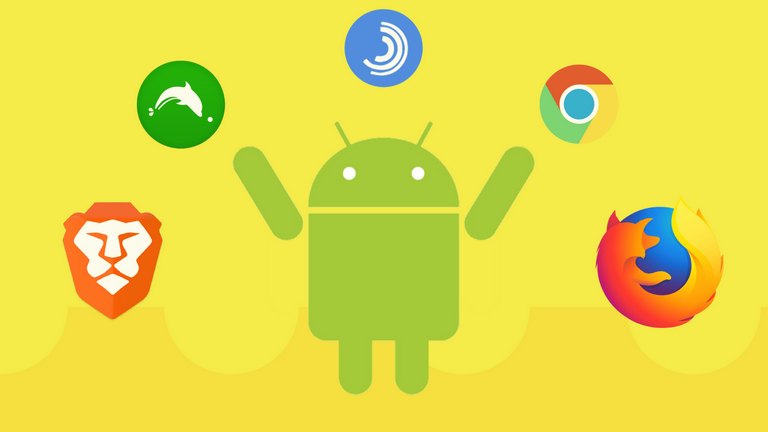



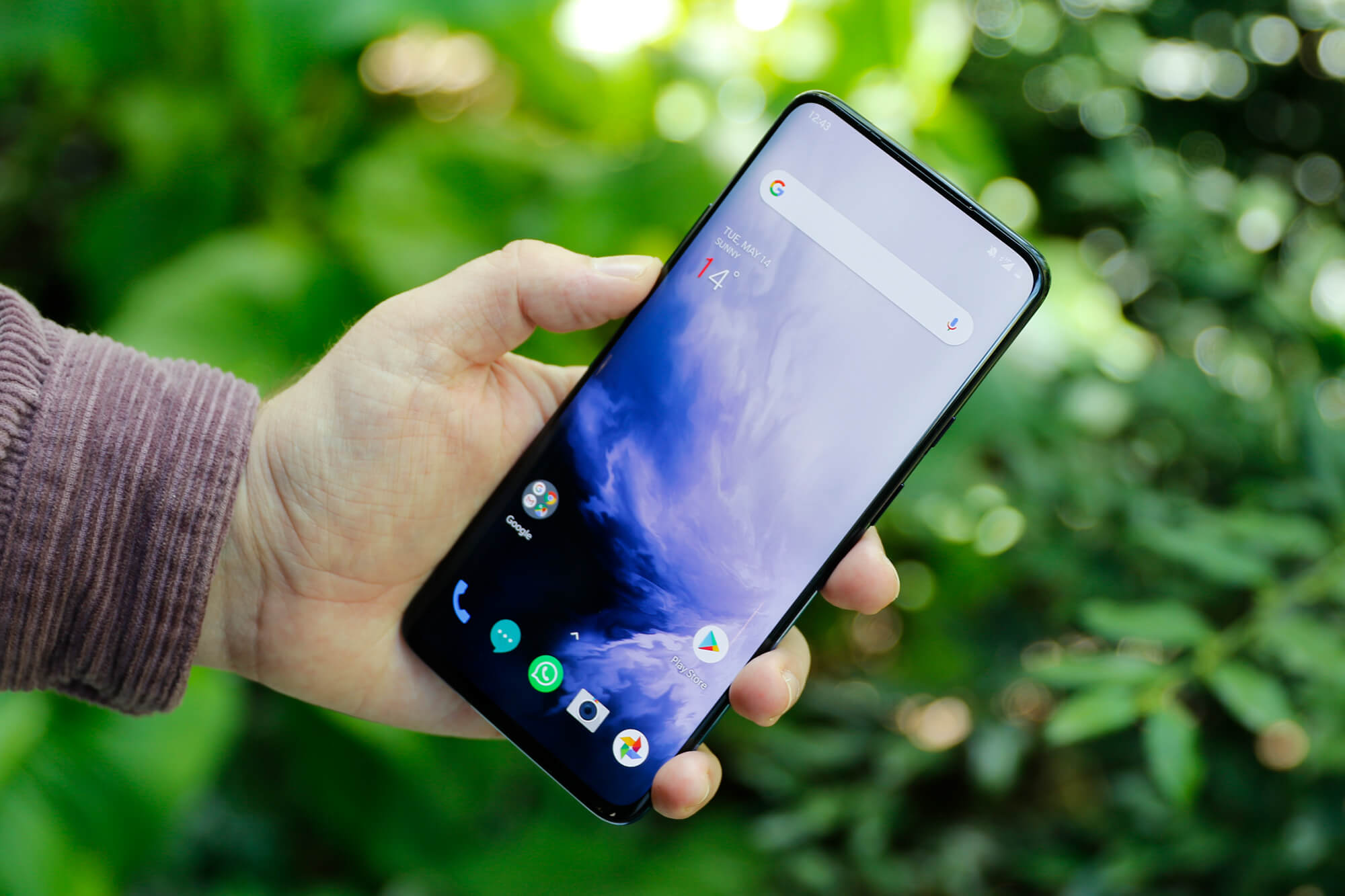



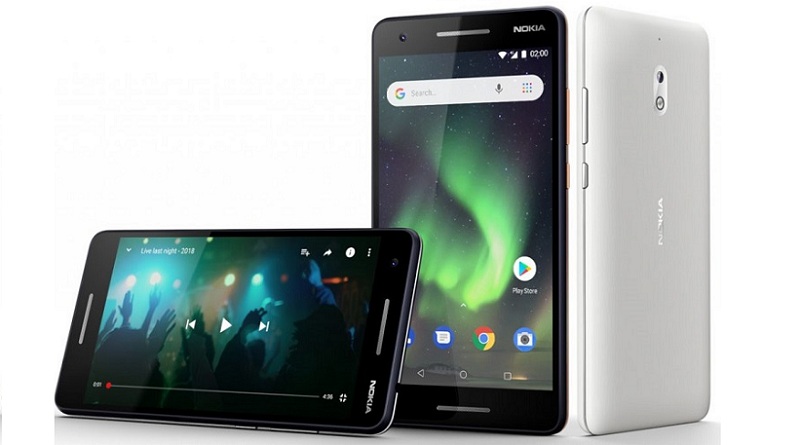

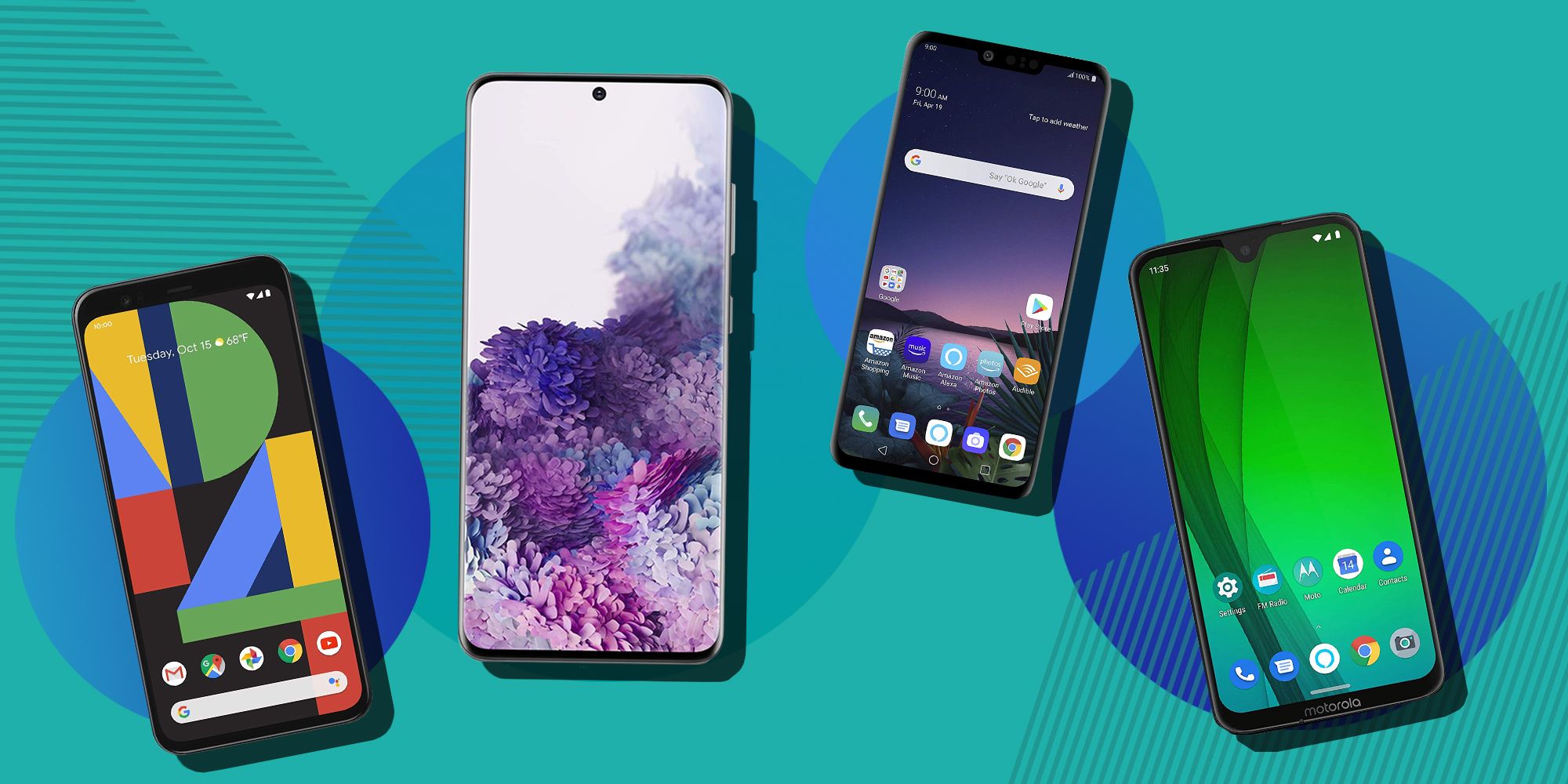



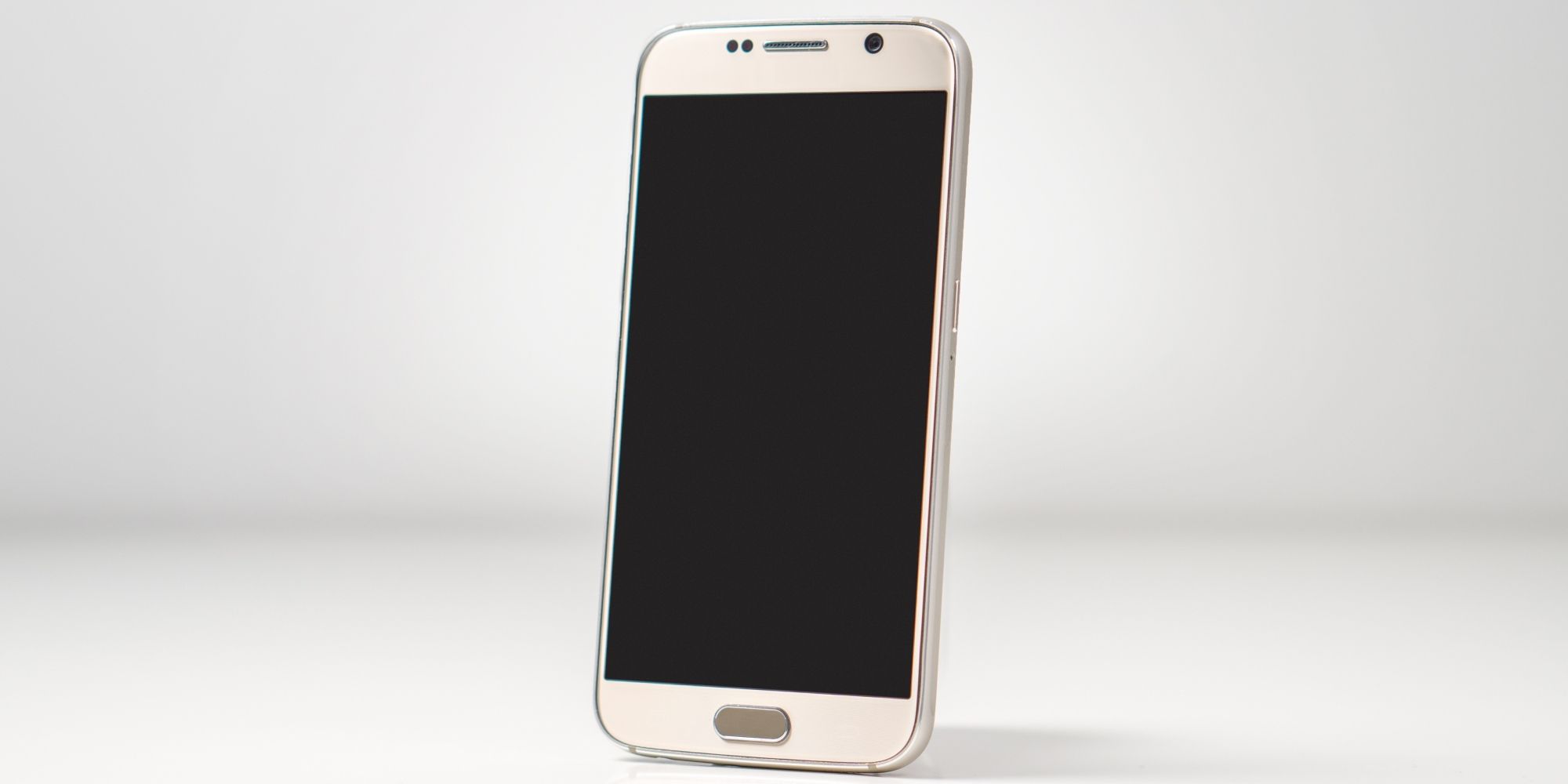


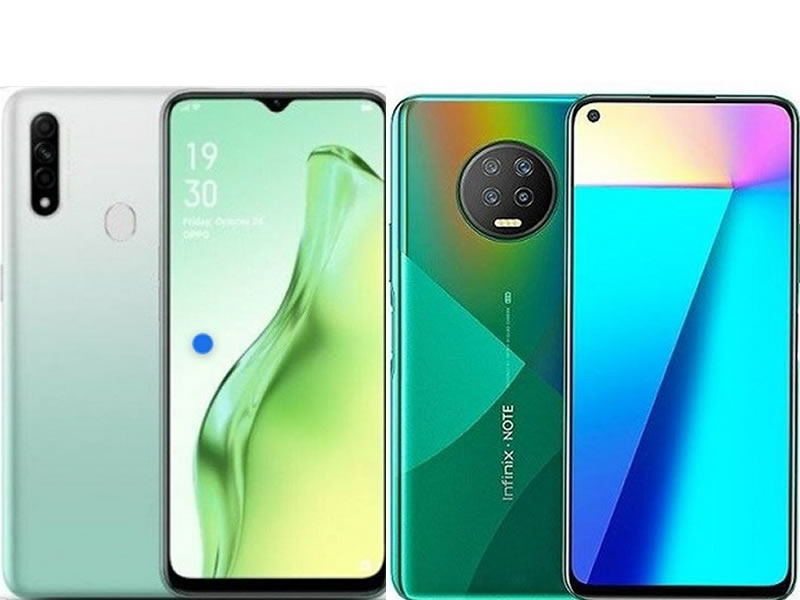

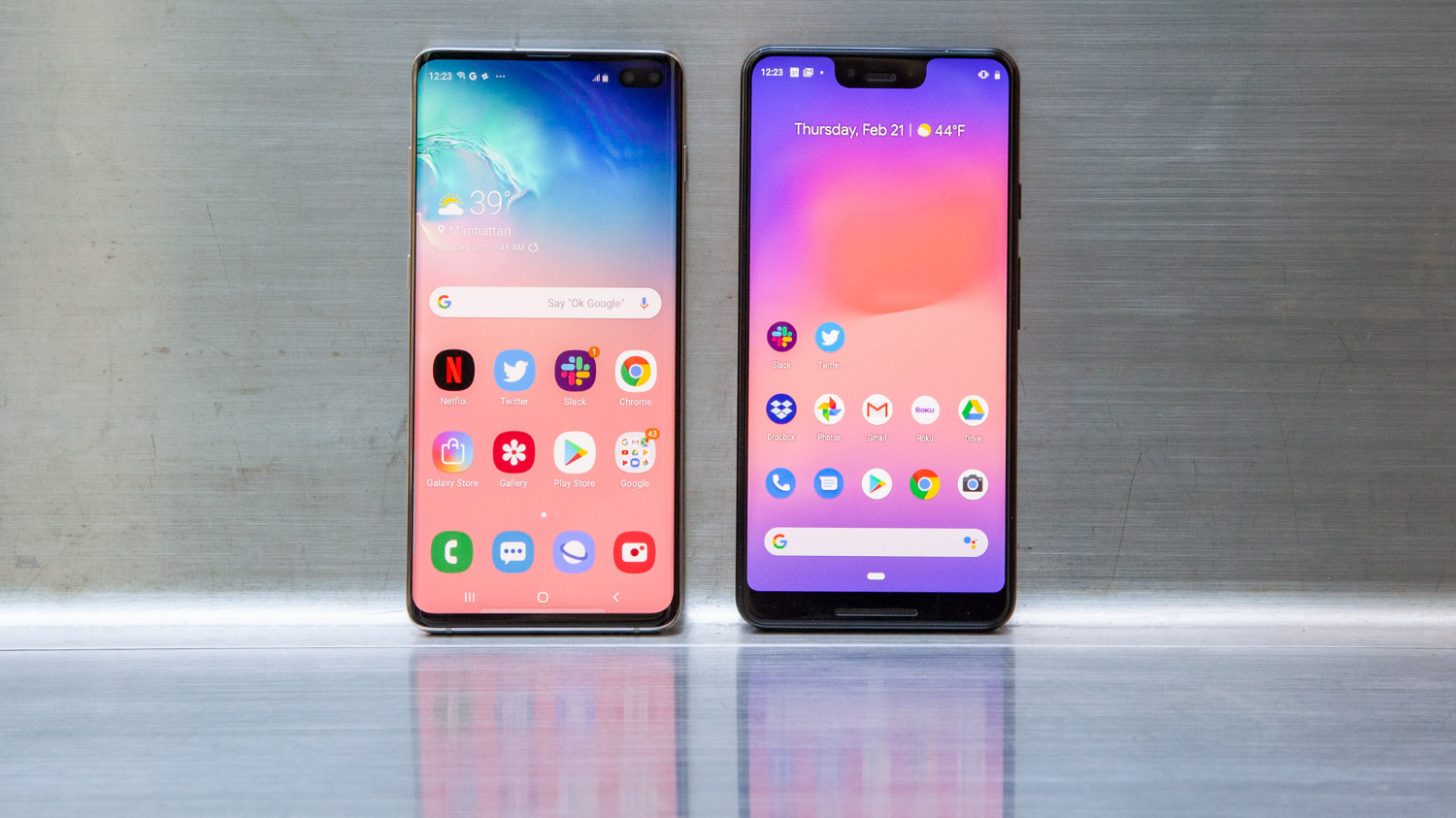

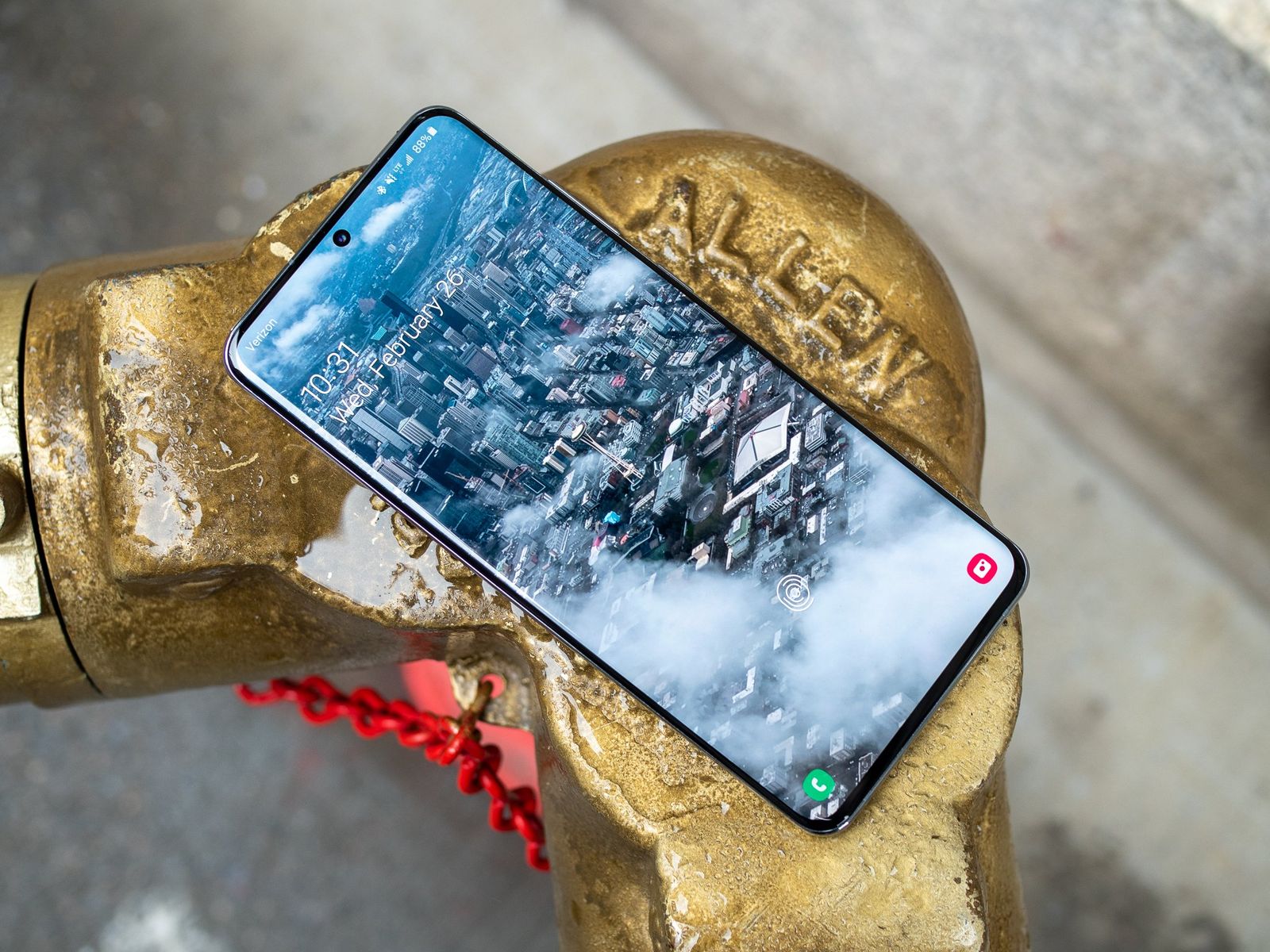
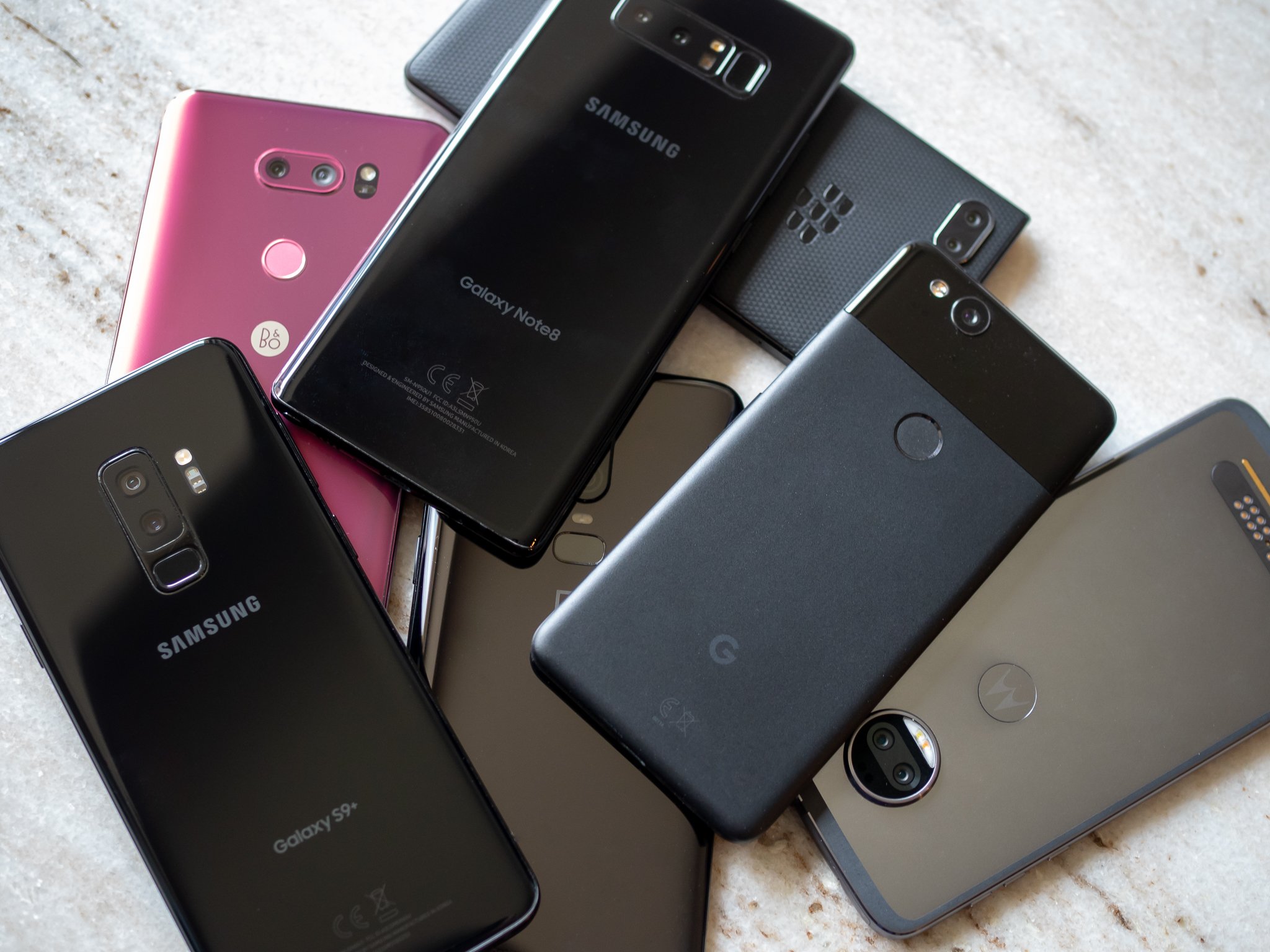
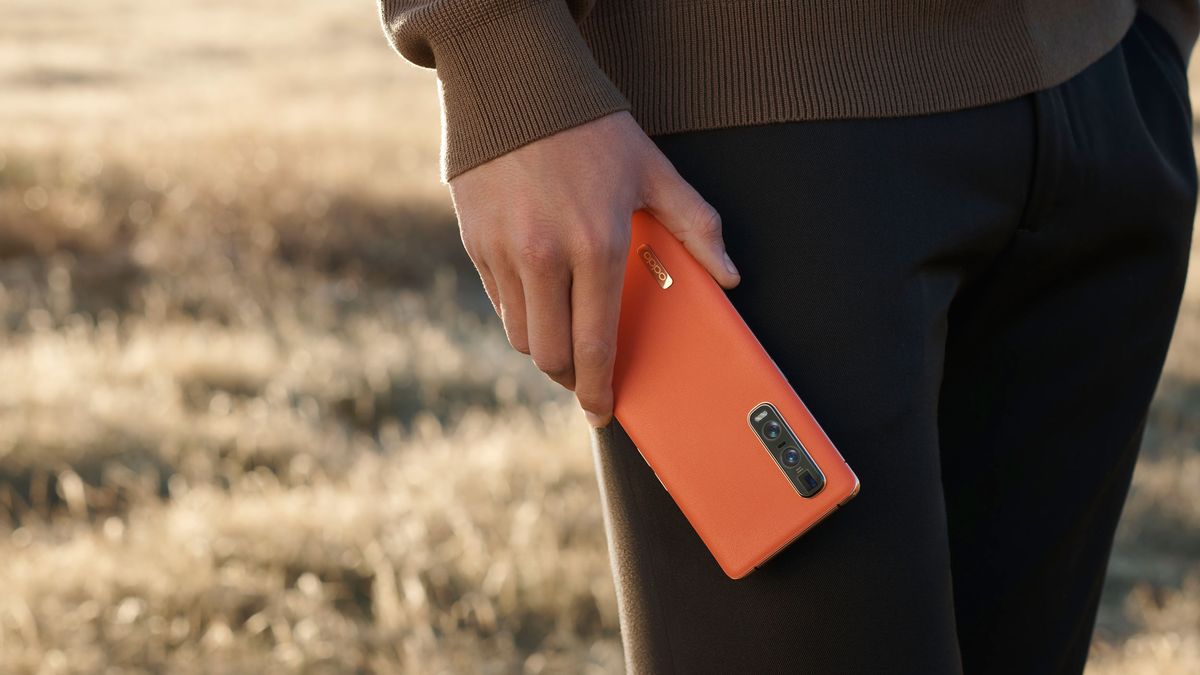



No comments:
Post a Comment
Note: Only a member of this blog may post a comment.